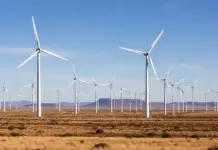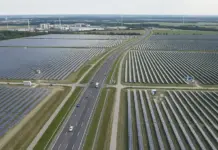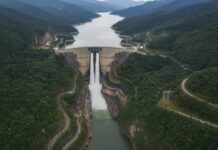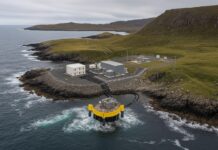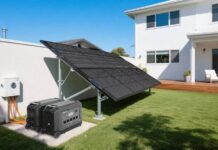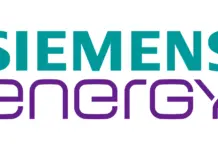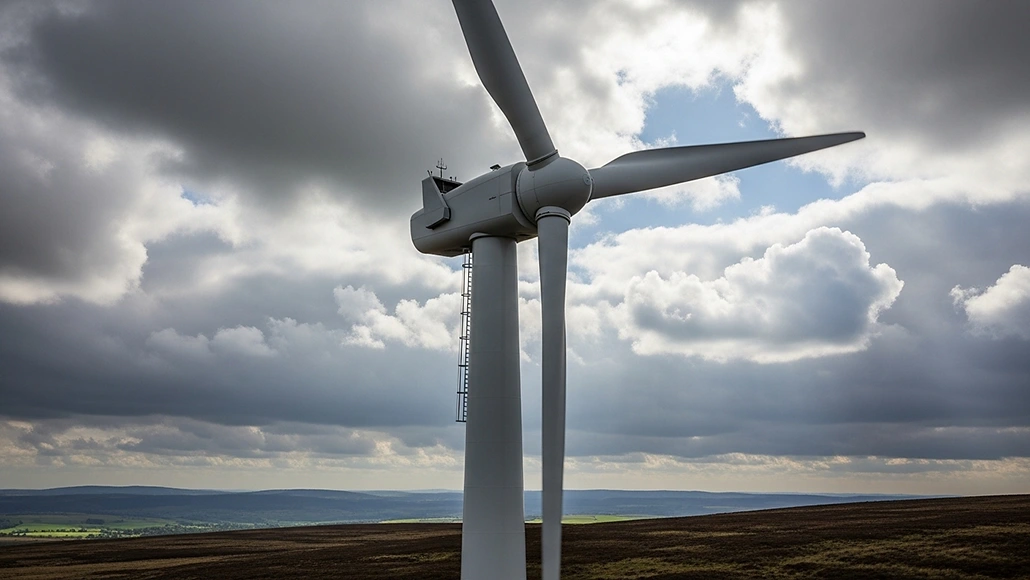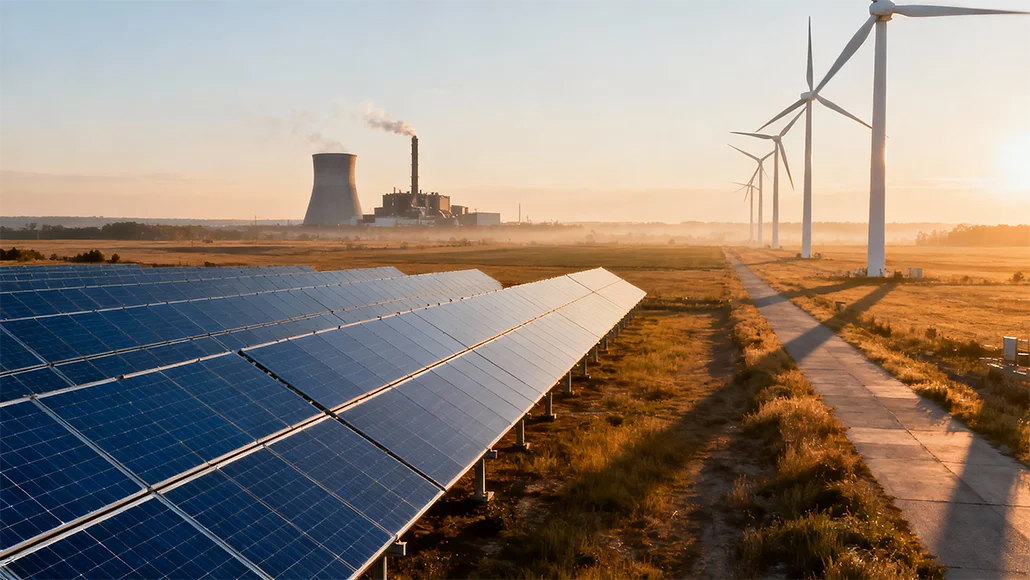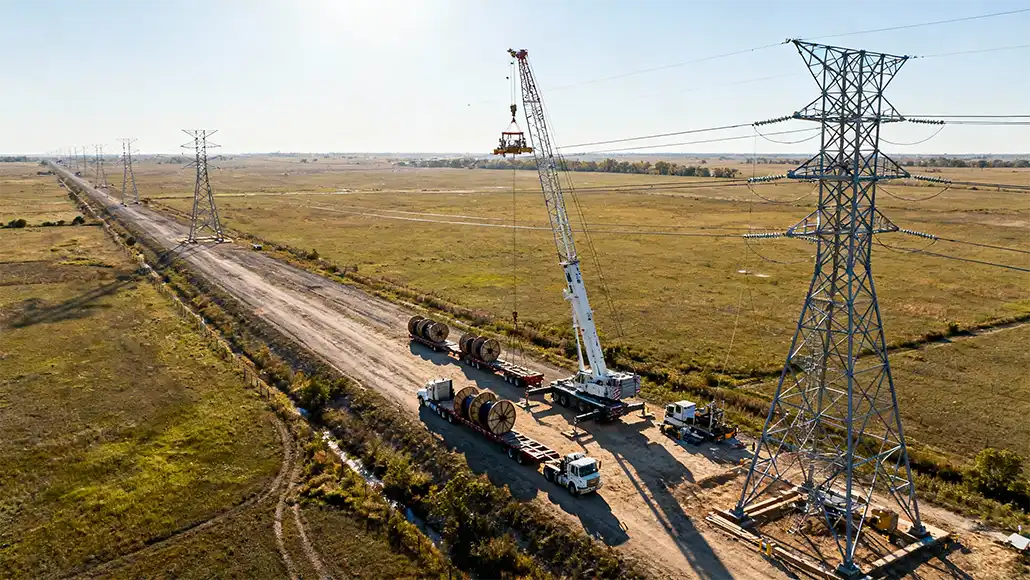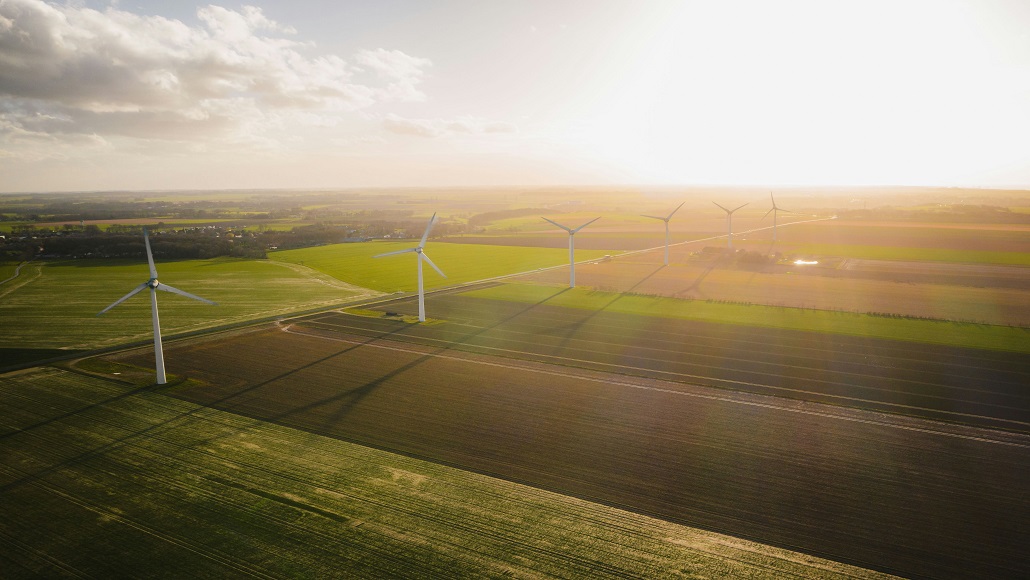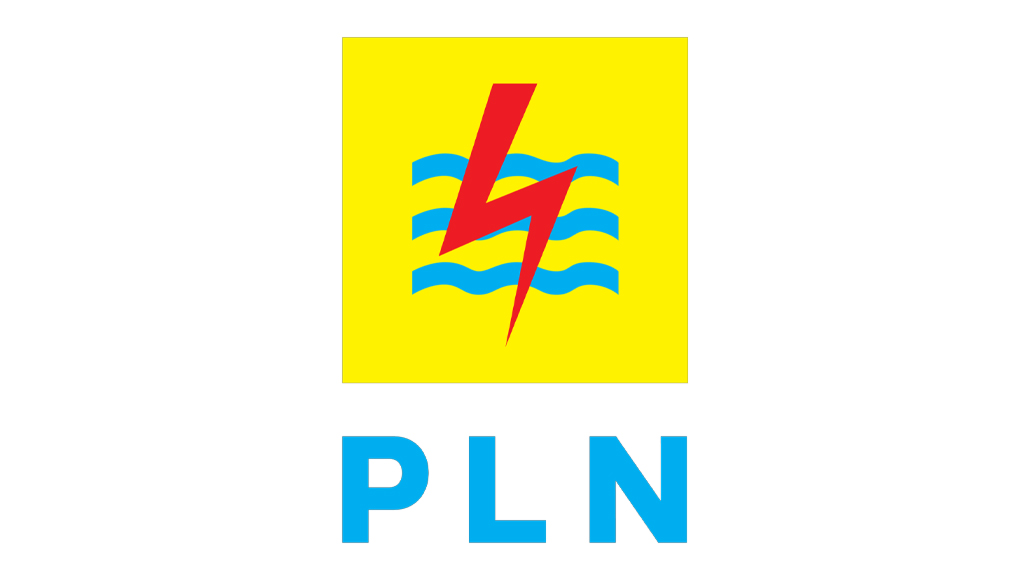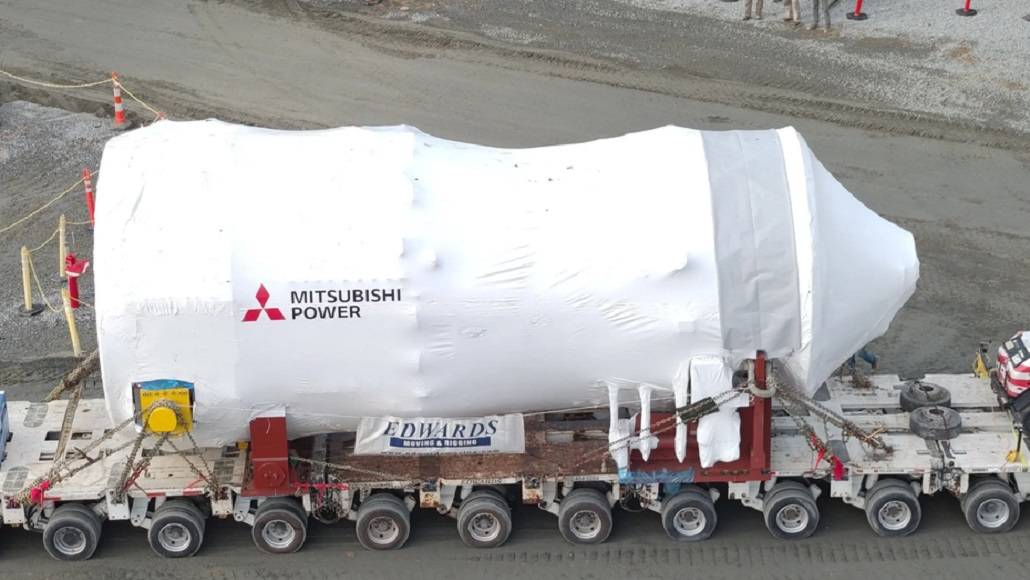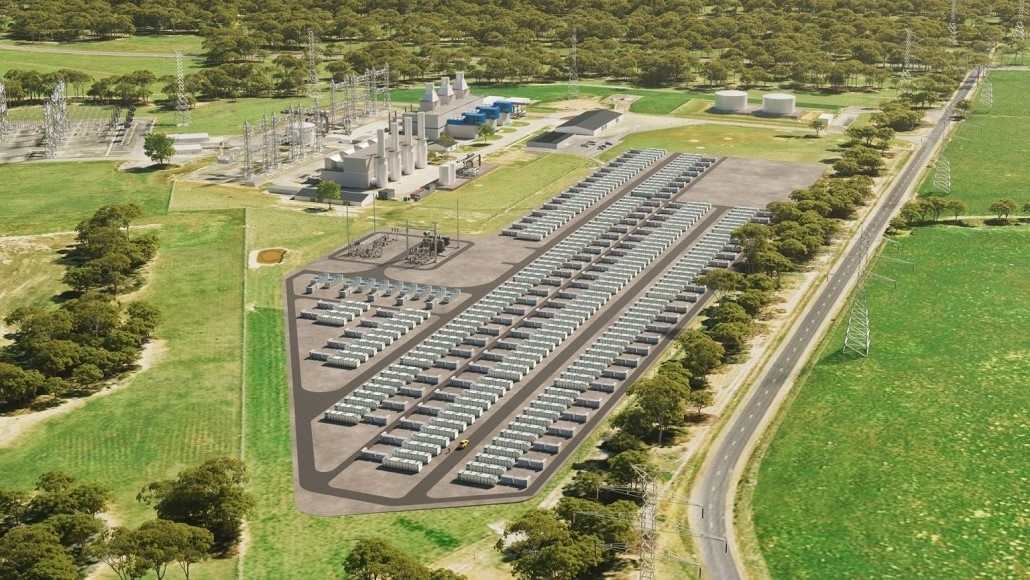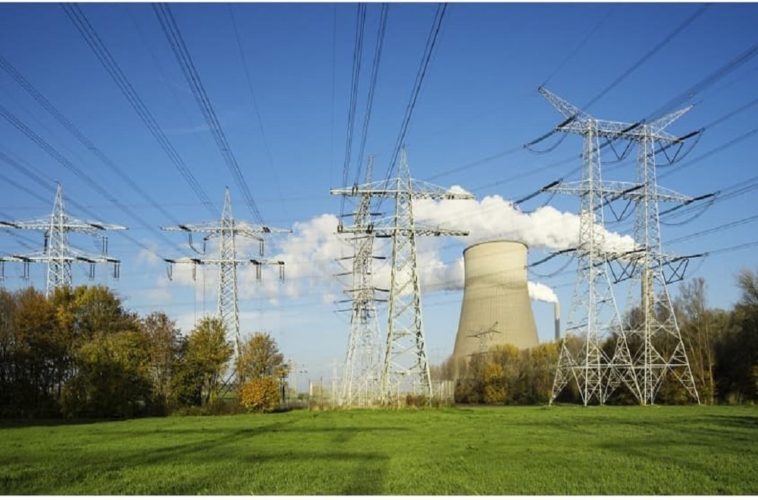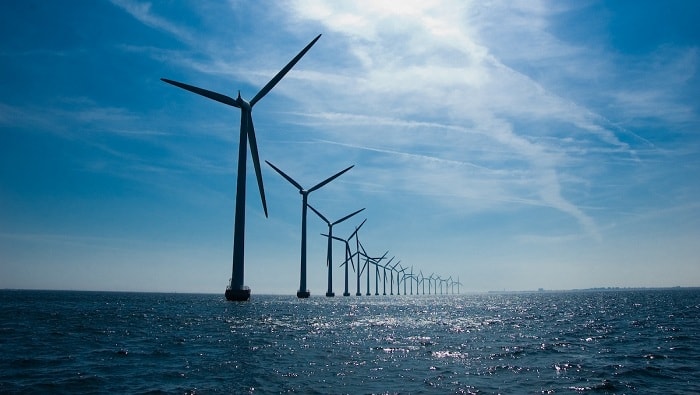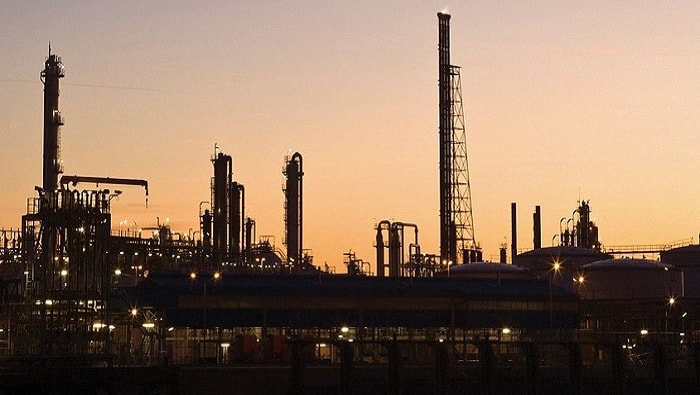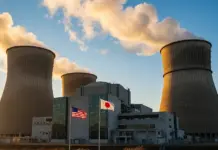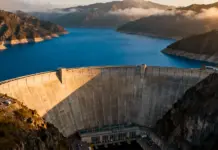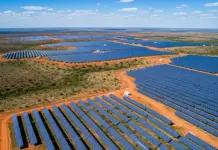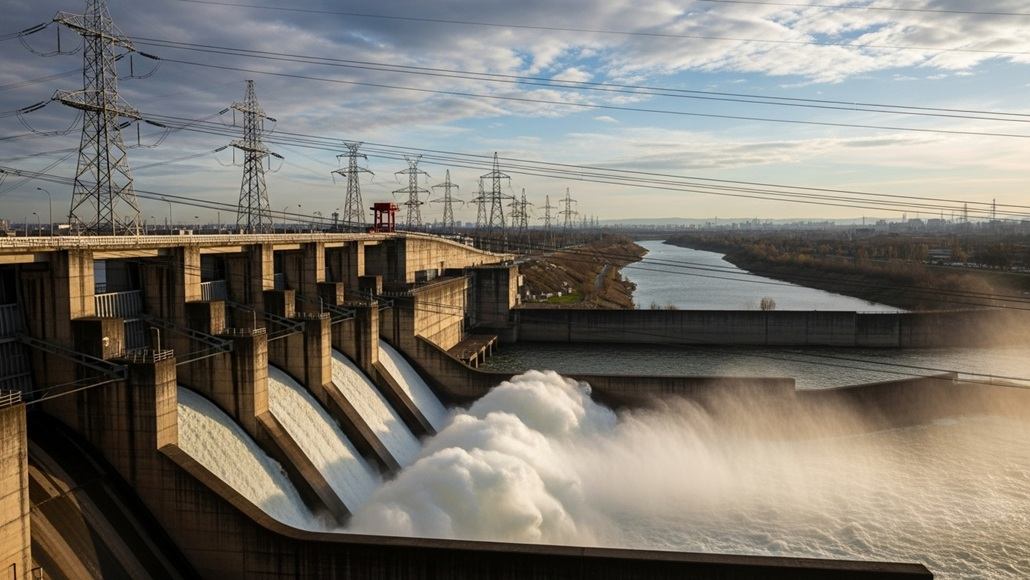The World Bank backed Mozambique’s ambition to construct the largest hydroelectric project in Southern Africa in 50 years.
The lender plans to provide debt and equity funding as well as risk guarantees and insurance for the $5 billion hydroelectric project, the Mphanda Nkuwa plant on the Zambezi River and an associated $1.4 billion power transmission project, World Bank President Ajay Banga said in an interview in Mozambique.
“We want to be the hub of energy in our region, the Southern African Development Community,” Daniel Chapo, Mozambique’s president, told Bloomberg. He was referring to a bloc of 16 countries, many of which already import power from the southeast African country.
Banga claimed that the 1,500 megawatt dam, which might be up and running by 2031, is part of a World Bank-backed scheme called Mission 300. By 2030, the goal is to connect 300 million people in sub-Saharan Africa to power. This would greatly improve access in an area where more than 80% of the world’s 680 million people without electricity dwell.
Banga thought that the initiative may obtain more than $100 billion in finance from the African Development Bank, the International Monetary Fund, and private sector investment.
Electricite de France SA, TotalEnergies SE, and Sumitomo Corp. are all working together to build the Mphanda Nkuwa hydroelectric project. The government of Mozambique and its Hidroeléctrica de Cahora Bassa enterprise will both own parts of it.
The World Bank’s International Finance Corp. will help pay for the dam with some of its own money and also own a part of it. The International Bank for Reconstruction and Development will probably offer risk guarantees, and the International Development Association will give concessional financing for the 1,300 kilometres (808 miles) of transmission lines. The Multilateral Investment Guarantee Agency will give political risk insurance.
The government will get credit to build the transmission lines.
Mphanda Nkuwa is downstream of Cahora Bassa, which was the last big hydroelectric project completed in southern Africa. It has a capacity of 2,075 MW. It was finished in 1974, when Portugal was about to lose control of Mozambique as a colony. The next year, it did.
About 60% of its electricity still goes straight to South Africa, a country with a lot more industry, using lines that were created for that reason, which is like its colonial model.
Mphanda Nkuwa will have transmission lines that link it to a southern grid, which is one of three isolated systems in Mozambique. This will let it deliver power to the area, including the capital city of Maputo. It will also be able to export extra electricity to nations close by, such Zambia, Malawi, and Zimbabwe.
A new design that is nearly done will make its reservoir much smaller than Cahora Bassa’s, which is approximately 3,000 square kilometres (1,158 square miles) and Kariba’s, which is higher up the Zambezi and on the boundary between Zambia and Zimbabwe. Kariba is the biggest man-made body of water in the world, with a volume of over 5,000 square km.
The goal is to lessen Mphanda Nkuwa’s effects on people and the environment.
Banga and Chapo said this is the first stage in a five- to ten-year plan to increase energy output by building smaller power plants of 400 MW and 200 MW upstream, extending Cahora Bassa by more than 50%, and building a 400 MW solar facility nearby. The World Bank is working on a new five-year nation partnership framework for Mozambique, which may include some support for that.
The goal is to increase power export earnings from last year’s $240 million and also to encourage the processing of minerals produced in Mozambique, such graphite and beryllium, and speed up the process of connecting people to energy. Roughly 64% of the country’s 33 million inhabitants now have power, which is roughly twice as many as in 2018.
The nation, which has been controlled by Chapo’s Frelimo party since independence, has a median age of approximately 18. It is also dealing with high young unemployment and a separate Jihadist insurgency in the far north that has delayed $57 billion worth of liquefied natural gas projects. If they are put into action, they might change the economy of one of the world’s poorest countries.
“Working with instability and trying to find a way to help them become stable and developed is what our task is,” Banga said. “If a country was stable, they would probably not need us.”


